This article has multiple issues. Please help improve it or discuss these issues on the talk page . (Learn how and when to remove these template messages)
|
This is a chronologically organized listing of notable zoological events and discoveries.
This article has multiple issues. Please help improve it or discuss these issues on the talk page . (Learn how and when to remove these template messages)
|
This is a chronologically organized listing of notable zoological events and discoveries.


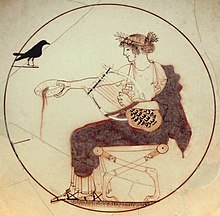
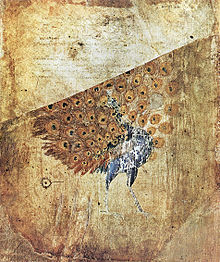


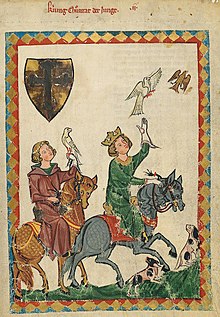

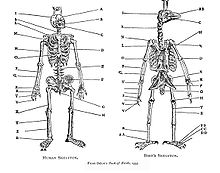
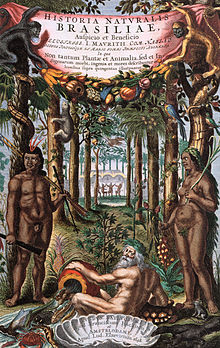

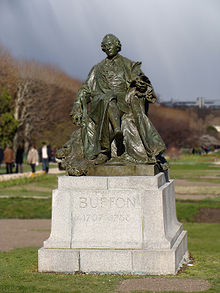
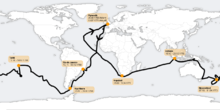


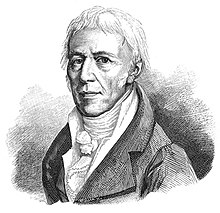
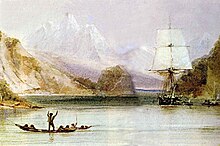



This timeline of biology and organic chemistry captures significant events from before 1600 to the present.

Jan or Johannes Swammerdam was a Dutch biologist and microscopist. His work on insects demonstrated that the various phases during the life of an insect—egg, larva, pupa, and adult—are different forms of the same animal. As part of his anatomical research, he carried out experiments on muscle contraction. In 1658, he was the first to observe and describe red blood cells. He was one of the first people to use the microscope in dissections, and his techniques remained useful for hundreds of years.
The history of zoology before Charles Darwin's 1859 theory of evolution traces the organized study of the animal kingdom from ancient to modern times. Although the concept of zoology as a single coherent field arose much later, systematic study of zoology is seen in the works of Aristotle and Galen in the ancient Greco-Roman world. This work was developed in the Middle Ages by Islamic medicine and scholarship, and in turn their work was extended by European scholars such as Albertus Magnus.

Johann Reinhold Forster was a German Reformed (Calvinist) pastor and naturalist who made contributions to the early ornithology of Europe and North America. He is best known as the naturalist on James Cook's second Pacific voyage, where he was accompanied by his son Georg Forster. These expeditions promoted the career of Johann Reinhold Forster and the findings became the bedrock of colonial professionalism and helped set the stage for the future development of anthropology and ethnology. They also laid the framework for general concern about the impact that alteration of the physical environment for European economic expansion would have on exotic societies.

Edward Blyth was an English zoologist who worked for most of his life in India as a curator of zoology at the Royal Asiatic Society of Bengal in Calcutta.
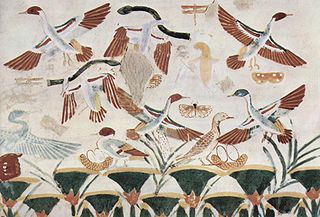
The following is a timeline of ornithology events:

William Elford Leach was an English zoologist and marine biologist.

Robert Swinhoe FRS was an English diplomat and naturalist who worked as a Consul in Taiwan. He catalogued many Southeast Asian birds, and several, such as Swinhoe's pheasant, are named after him.

James Francis Stephens was an English entomologist and naturalist. He is known for his 12 volume Illustrations of British Entomology (1846) and the Manual of British Beetles (1839).
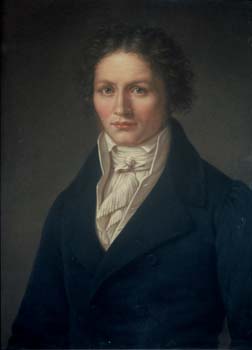
Johann Baptist Ritter von Spix was a German biologist. From his expedition to Brazil, he brought to Germany a large variety of specimens of plants, insects, mammals, birds, amphibians and fish. They constitute an important basis for today's National Zoological Collection in Munich. Numerous examples of his ethnographic collections, such as dance masks and the like, are now part of the collection of the Museum of Ethnography in Munich.

Otto Friedrich Müller, also known as Otto Friedrich Mueller was a Danish naturalist and scientific illustrator.

History of Animals is one of the major texts on biology by the ancient Greek philosopher Aristotle, who had studied at Plato's Academy in Athens. It was written in the fourth century BC; Aristotle died in 322 BC.
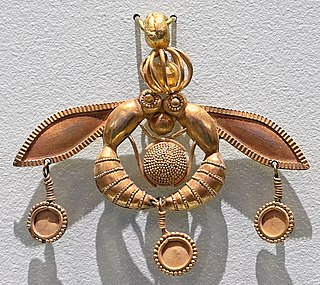
Entomology, the scientific study of insects and closely related terrestrial arthropods, has been impelled by the necessity of societies to protect themselves from insect-borne diseases, crop losses to pest insects, and insect-related discomfort, as well as by people's natural curiosity. Though many significant developments in the field happened only recently, in the 19th–20th centuries, the history of entomology stretches back to prehistory.
Entomology, the study of insects, progressed between 1800 and 1850, with the publication of important texts, definition of new orders such as Aphaniptera and Strepsiptera, and the shift to specialization. The following timeline indicates significant events in entomology in this time period.
Invertebrate zoology is the subdiscipline of zoology that consists of the study of invertebrates, animals without a backbone.
Historia animalium, published in Zurich in 1551–1558 and 1587, is an encyclopedic "inventory of renaissance zoology" by Conrad Gessner (1516–1565). Gessner was a medical doctor and professor at the Carolinum in Zürich, the precursor of the University of Zurich. The Historia animalium, after Aristotle's work of the same name, is the first modern zoological work that attempts to describe all the animals known, and the first bibliography of natural history writings. The five volumes of natural history of animals cover more than 4500 pages.

The Colours of Animals is a zoology book written in 1890 by Sir Edward Bagnall Poulton (1856–1943). It was the first substantial textbook to argue the case for Darwinian selection applying to all aspects of animal coloration. The book also pioneered the concept of frequency-dependent selection and introduced the term "aposematism".

Le Règne Animal is the most famous work of the French naturalist Georges Cuvier. It sets out to describe the natural structure of the whole of the animal kingdom based on comparative anatomy, and its natural history. Cuvier divided the animals into four embranchements, namely vertebrates, molluscs, articulated animals, and zoophytes.
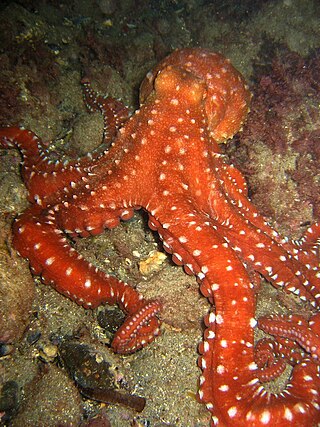
Aristotle's biology is the theory of biology, grounded in systematic observation and collection of data, mainly zoological, embodied in Aristotle's books on the science. Many of his observations were made during his stay on the island of Lesbos, including especially his descriptions of the marine biology of the Pyrrha lagoon, now the Gulf of Kalloni. His theory is based on his concept of form, which derives from but is markedly unlike Plato's theory of Forms.
{{cite journal}}: CS1 maint: numeric names: authors list (link)